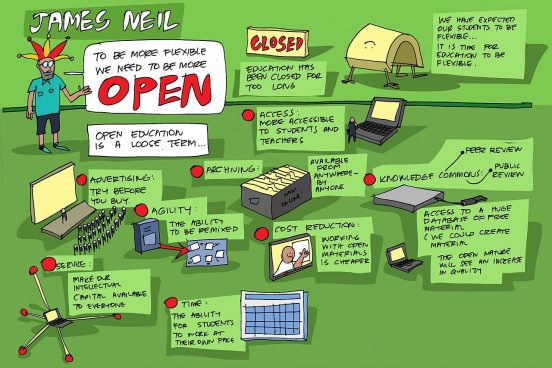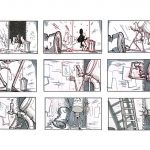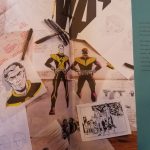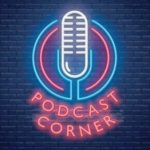In class this past week, we had the opportunity to discuss the Open Education Initiative. As one of the leading advocates for online open access scholarship, I turned to MIT Libraries for some more information. According to MIT, Open Education
“refers to a free availability of journal articles on the public internet, permitting any users to read download, copy, distribute, print, search, or link to full texts of these articles, crawl them for indexing, pass them as data to software, or use them for any other lawful, non-commercial purpose, without financial, legal, or technical barriers other than those inseparable from gaining access to the internet itself” (libraries.mit.edu).
Before we can unpack the significance of this initiative, we have to take into account how copyright typically works on the internet.
In most countries, authors or artists have exclusive rights to their created works, unless they sell or gift these rights to a secondary party—like a publisher for a book or a production agency for a movie. Typically, the rights to use or reproduce these works are held by whoever owns the “copyrights”—ie. the rights to copy or reproduce—unless the creator has been dead for over seventy years. After this point, the creative work enters the “public domain” and can be freely duplicated or used by anyone. For instance, the works of William Shakespeare have long ago entered the public domain and can be performed by any interested playhouse; however, the works of J.R.R. Tolkien (died 1973) are still held by the Tolkien Foundation and, as such, publishers must pay the Foundation a stipend if they wish to print copies of The Lord of the Rings.

If an author so chooses, they can allow their works to be made available to the public under certain conditions—typically to do with how the material is used, reproduced or credited. Lots of internet content falls somewhere between the two extremes of open access and protected copyright material.
Since the early 2000s, various educational institutes and organizations have made a sincere effort to make their research openly accessible to learning communities around the world. Various initiatives, like “The Berlin Declaration of Open Access to Knowledge” or “The Bethesda Statement on Open Access Publishing,” seek to empower students from all demographics and backgrounds to pursue meaningful online learning at free or reduced rates. These groups believe that the burden of paying for these resources should be shouldered by the government or university institutions, rather than the students who are often financially vulnerable.
So, what are my takeaways from this week? For one thing, as educators in the digital age, it’s important that we model appropriate concerning internet copyright law for our students, namely, by only reproducing or using resources open to the public domain and crediting these sources when we can. By law, teachers are allowed to utilize up to 10% of nearly any resource, as long as, this resource is used for educational purposes and the creator is credited. Secondly, it’s essential that we promote and contribute to open educational resource platforms. As educators of the 21stcentury, we’re entering a diverse community of learners, researchers and teachers, all dedicated to the discovery and proliferation of knowledge. Now, through the new medium of online open access archives, we have the unique opportunity to contribute to this community as never before.
Looking for some open access resources? Here are some options:
- For “a digital library of Internet sites and other cultural artifacts in digital form”: archive.org.
- For “lesson plans [from all disciplines] and courses”: OER commons.
- For pictures, quotes, videos and encyclopedia information: Wikimedia.





